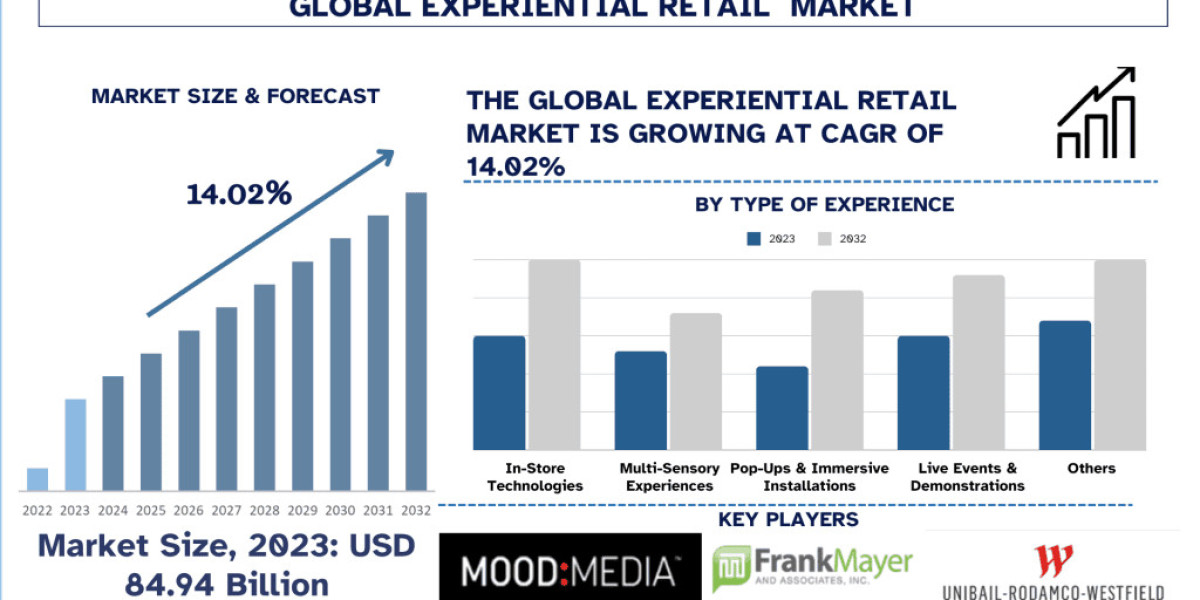Introduction
The Asia-Pacific (APAC) Humidity Sensor Market is experiencing strong growth, fueled by the region’s massive industrial expansion, smart infrastructure initiatives, and rising adoption of climate-sensitive technologies across sectors. Humidity sensors—used to measure and control the moisture level in the air—play a critical role in agriculture, consumer electronics, healthcare, automotive, and HVAC systems.
As of 2024, the APAC humidity sensor market is estimated to be worth USD 1.25 billion, and it is expected to grow to USD 2.45 billion by 2032, at a CAGR of 8.5% during the forecast period (2024–2032). The market’s expansion is driven by smart manufacturing adoption, increasing demand for environmental monitoring, and government-backed smart city projects.
Key Market Drivers
1. Industrial Growth and Automation
Countries like China, India, South Korea, and Japan are witnessing significant growth in electronics, pharmaceuticals, food processing, and automotive manufacturing. These sectors demand accurate humidity control to ensure product quality, equipment longevity, and safety.
2. Smart City and Infrastructure Development
Humidity sensors are key components in smart buildings and environmental monitoring systems. Rapid urbanization in APAC is prompting governments to implement IoT-driven smart city solutions, where humidity and air quality sensors help improve public health and sustainability.
3. Climate-Sensitive Agriculture
Humidity control is crucial in agriculture, especially in precision farming and greenhouse management. Asia-Pacific’s agricultural economies are increasingly adopting sensor technologies to optimize irrigation, protect crops, and improve yields.
4. Rise in Consumer Electronics
The booming consumer electronics sector in Asia-Pacific, particularly in China, South Korea, and Japan, is integrating compact humidity sensors into smartphones, wearables, and home automation devices to ensure comfort and performance in changing climates.
Market Segmentation
By Sensor Type:
Capacitive Humidity Sensors – Most widely used due to accuracy and cost-efficiency.
Resistive Sensors – Preferred in high-moisture and harsh environments.
Thermal Conductivity Sensors – Used in industrial and scientific applications.
By Product Type:
Analog Humidity Sensors
Digital Humidity Sensors – Dominant in modern electronics and smart devices.
By End-Use Industry:
Automotive
Consumer Electronics
Healthcare
Industrial
Agriculture
HVAC
Environmental Monitoring
Application Areas
1. Consumer Electronics
Asia-Pacific is the global hub for consumer electronics manufacturing. Major brands integrate miniaturized humidity sensors into smartphones, tablets, and fitness devices to monitor ambient conditions, prevent condensation damage, and optimize device performance.
2. Automotive Sector
Automotive manufacturing, especially in Japan, China, and India, incorporates humidity sensors into climate control systems, battery management systems in EVs, and defogging sensors. As electric vehicle adoption grows, so will the demand for environmental sensors.
3. HVAC Systems
In tropical and subtropical regions like Southeast Asia, humidity control is essential for comfort and energy efficiency. Advanced HVAC systems in smart homes, offices, and malls use humidity sensors to regulate air quality and reduce energy consumption.
4. Healthcare and Medical Devices
Hospitals, laboratories, and pharmaceutical production facilities require strict humidity control for patient safety and equipment functionality. Humidity sensors are vital for maintaining cleanroom standards and managing drug storage environments.
5. Agriculture and Greenhouses
Precision agriculture practices in India, China, and Southeast Asia rely on humidity sensors for soil moisture measurement, greenhouse climate control, and crop disease prevention. These technologies help address food security and water management challenges.
6. Industrial Manufacturing
Industries like electronics, textile, and paper manufacturing use humidity sensors to prevent static buildup, reduce waste, and improve product consistency. In cleanrooms and semiconductor fabrication plants, humidity control is mission-critical.
Regional Insights
China
China dominates the APAC market in terms of volume and technological innovation. The country's robust industrial base and focus on smart manufacturing make it a key consumer of humidity sensors. Government initiatives like “Made in China 2025” are fueling demand for sensor-enabled automation.
India
India is emerging as a high-growth market driven by agriculture tech, smart city initiatives, and rapid infrastructure development. Demand for humidity sensors is growing in both rural and urban applications, especially in HVAC, agri-tech, and healthcare sectors.
Japan
Japan is a mature and innovation-driven market, focusing on ultra-compact and high-precision sensors for medical devices, automotive electronics, and robotics. Companies are leveraging MEMS technology to develop sensors with advanced capabilities.
South Korea
A major player in semiconductor and electronics manufacturing, South Korea integrates humidity sensors in precision-controlled environments and next-gen devices. The country also has significant potential in wearable health and smart home technologies.
Southeast Asia
Countries like Vietnam, Thailand, Malaysia, and Indonesia are witnessing growing demand for humidity sensors in agriculture, cold storage, and energy-efficient buildings. Foreign direct investments in manufacturing are also boosting sensor adoption.
Competitive Landscape
Leading companies active in the Asia-Pacific humidity sensor market include:
Sensirion AG
Honeywell International Inc.
Murata Manufacturing Co., Ltd.
Panasonic Corporation
TE Connectivity
Omron Corporation
Bosch Sensortec
STMicroelectronics
These firms are investing in MEMS technology, low-power sensors, and IoT integration to cater to the growing demand for compact, accurate, and connected humidity sensing solutions.
Key Trends
Integration with AI and ML for predictive analytics in HVAC and industrial systems
Development of battery-less wireless sensors for remote agriculture and infrastructure use
Flexible and printed sensors for next-gen wearables and medical patches
Sensor fusion platforms combining humidity, temperature, and air quality monitoring
Challenges
Cost sensitivity in emerging markets
Environmental reliability in high-dust, high-heat conditions
Calibration and maintenance in remote deployments
However, ongoing R&D and economies of scale are expected to overcome these obstacles, especially with local manufacturing and government support.
Conclusion
The Asia-Pacific Humidity Sensor Market is poised for sustained growth, backed by industrial modernization, climate-aware agriculture, and the adoption of smart technologies. As countries across APAC embrace digital transformation and environmental sustainability, humidity sensors will remain critical in shaping healthier, safer, and more efficient living and working environments.



